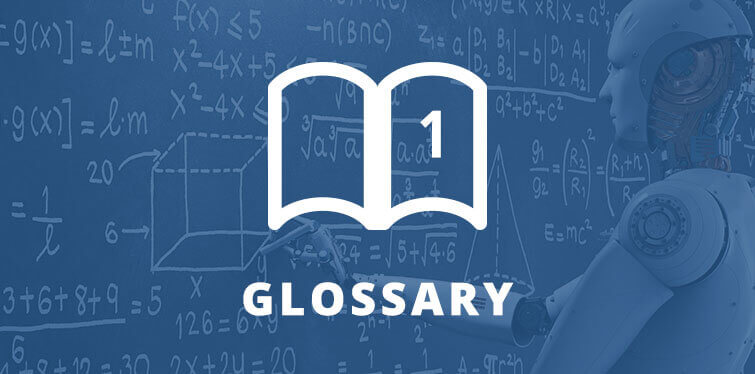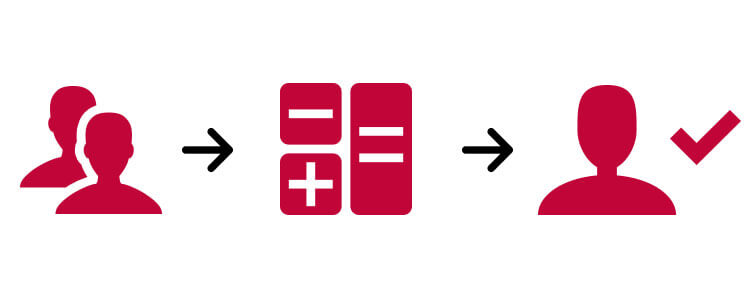
Matching in recruiting means matching the requirements of a job with the qualifications of an applicant according to specified criteria. The simplest form of matching means checking whether the criteria are being met or not. For example, “Has completed their education” (Yes/No) or “Speaks fluent Spanish” (Yes/No). Several criteria are usually combined in order to increase the informative value of the matching. The definition of similarities, ranges and weighting of criteria offers further opportunities to refine the quality of the results.
Matching technologies allow for such matching to be performed automatically and, for example, directly integrated into the applicant management software. In this case, the aim is to increase the candidates’ degree of job fit on the one hand and to identify candidates who may be suitable for the job, even though they do not fully meet some criteria. And these would have been combed out in a conventional comparison process up until now.
However, this matching technology could also be used one step earlier in the vacancy search. Appropriate vacancies are proposed to suit an applicant’s profile data. For vacancies that candidates perhaps had not considered themselves or actively sought.
Making qualifications machine-comparable
Filtering the candidates suitable for a post from a number of applications, profiles and data is made easier with matching technologies. The aim is to achieve a high fit level based on comparable qualifications, experience and information. And less about the mere search for certain qualifications, work experiences or language skills.
A prerequisite for this is that the relevant data is available in machine-readable form. But the requirements for matching technology in a recruiting software or an applicant management system go far beyond this. Meaning that the program must, in addition to the pure terms, also “understand” ideally related and/or similar words. In addition, relationships and connections of terms, sentences and whole texts must be captured. The capacity to compare various qualifications, jobs and diplomas must also be a provided.
More than just pure data
In order to process requests, the software used must not only read the data but also be able to recognise its content, correlation and purpose. For the categorisation and structuring of individual terms and larger contexts, classification and definition systems run in the background, such as taxonomies, ontologies, tagging systems and the semantic web.
This makes, for example, the comparison of various high school diplomas possible, regardless of whether they are from that country or another. Comparing and balancing occupational groups at the national and international levels with the competences involved can also be mapped. Corresponding algorithms in recruiting and application management software then ensure proper correlation of the criteria and determines individual applicants’ fit level for a job. To calculate the suitability of a candidate, for example, the degree of fulfilment of individual criteria is determined and various weightings are included.
Seehttps://de.wikipedia.org/wiki/Matching_(Arbeitsvermittlung)
